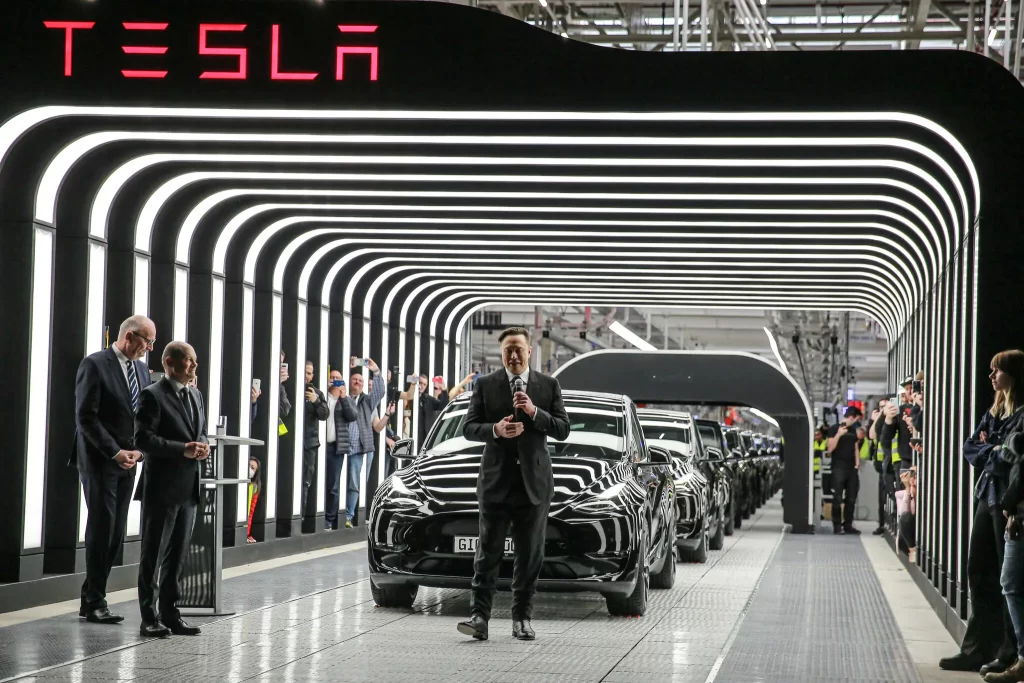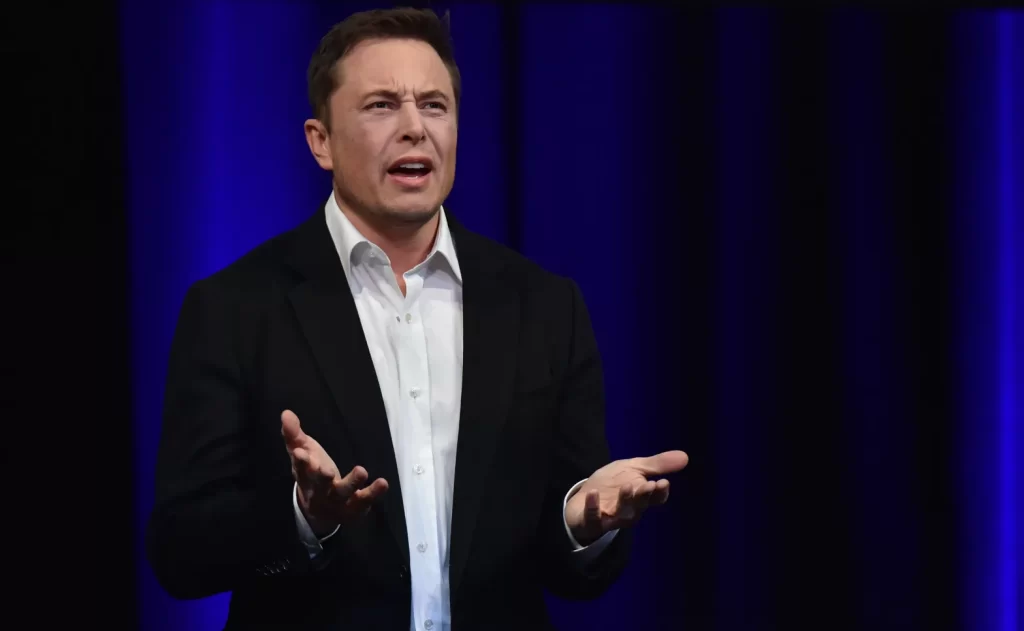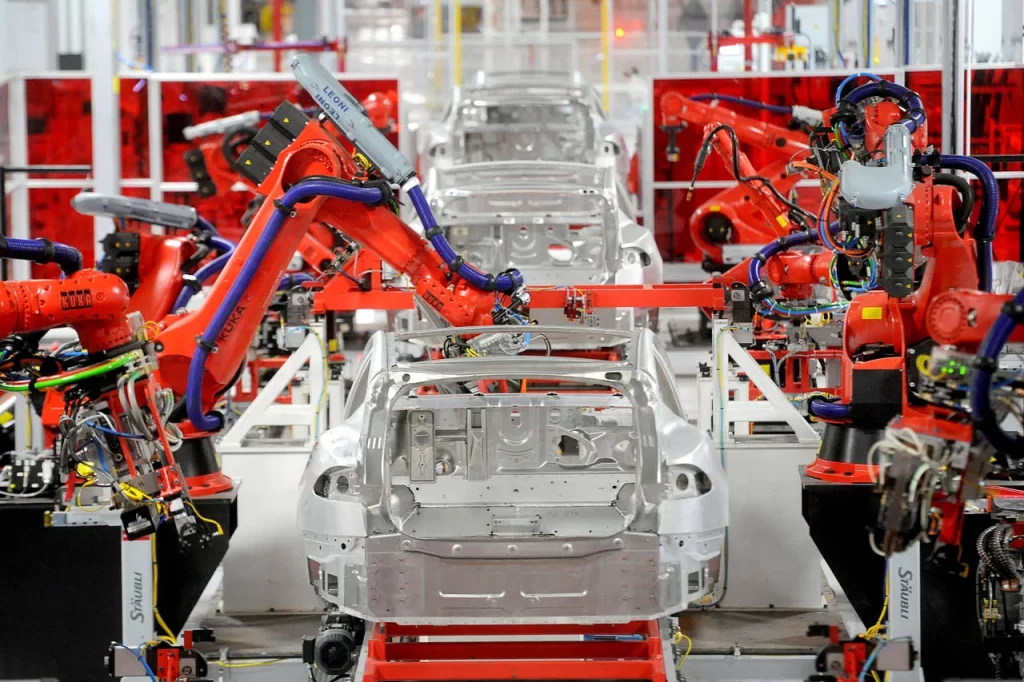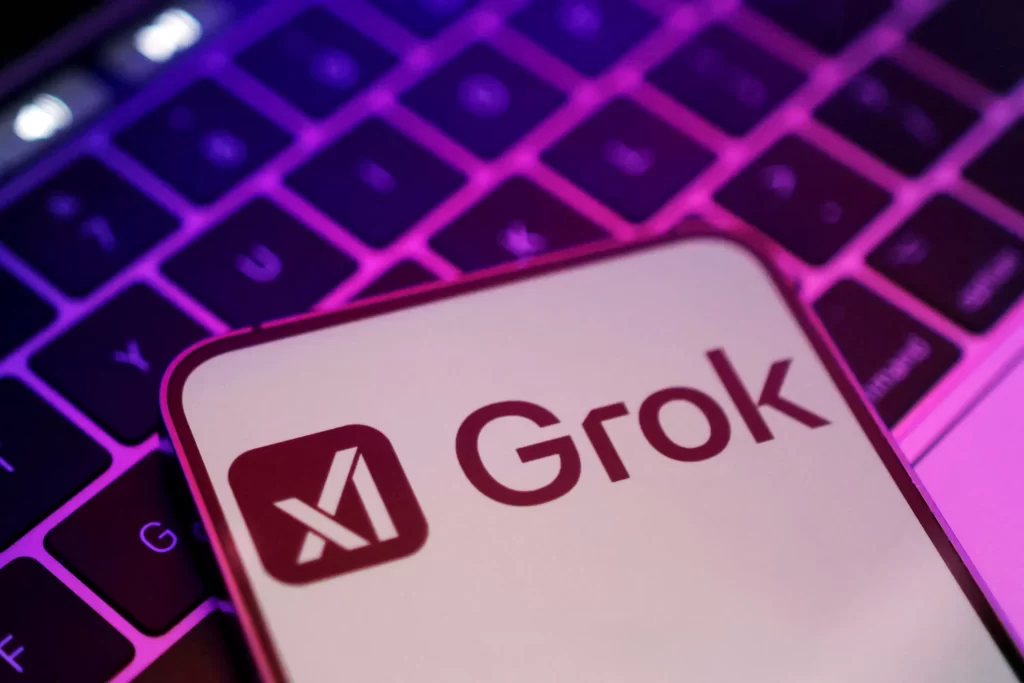Recently, Elon Musk has traded in his “Make America Great Again” hat and “DOGE” shirt for the familiar “Occupy Mars” T-shirt — a slogan long associated with SpaceX’s ambitions for Mars exploration and colonization. Signaling a shift in focus, Musk has embarked on a media blitz, granting interviews to news outlets he previously shunned and reasserting his commitment to Tesla and SpaceX, the electric vehicle and space exploration giants he leads.
On social media, he declared he’s back to “working 24/7,” sleeping in factories and control rooms once again.
As he departed Washington and stepped away from the Department of Government Efficiency (DOGE), a role created in alignment with former President Trump, Musk is positioning himself once more as a hands-on business leader.

But returning to business-as-usual won’t be easy. After months of supporting Trump’s presidential campaign and working to scale back parts of the federal government, Musk now faces increasing skepticism from investors. Many worry he has become an absentee CEO across his sprawling empire — which includes Tesla, SpaceX, AI startup xAI, and social platform X.
Musk’s time in government has been a mixed bag for his business empire. Tesla, in particular, has grown more vulnerable amid waning public support for its CEO. Tesla dealerships have faced protests as sales and profits have dropped. A Republican-backed budget proposal currently under Senate review could slash subsidies and policies that support electric vehicles. Tesla’s stock is down about 14% this year, wiping out roughly $180 billion in market value.
Some of Musk’s ventures did benefit from his political proximity. Trump once showcased a Tesla on the White House lawn, and SpaceX has secured more Starlink contracts. Platform X remains a powerful echo chamber for both Musk and Trump supporters. Trump, in turn, has proven to be a valuable ally, wielding influence over regulatory agencies that oversee Musk’s businesses.
Yet Musk’s prolonged presence in Washington has sparked concerns about his dedication to the companies he leads. Former employees at SpaceX and other ventures have questioned his absence. Whether Musk’s political engagement will yield lasting strategic advantages remains unclear.

“Bringing the CEO back to the office is mission-critical,” said Eric Talley, a professor at Columbia Law School. “It’s time.”
How much time Musk will now dedicate to his companies — and how much to politics — remains uncertain. At a May 30 press conference in the Oval Office with Trump, Musk said his departure from DOGE was “not the end, but truly the beginning,” adding that he would continue to visit and serve as a “friend and advisor to the president.”
“Elon’s not going anywhere,” Trump said. “He’ll be around a lot.”
At SpaceX, Musk’s absence has been increasingly felt. In May, former technician Dylan Small wrote on X that “morale is low” and “the team is burnt out.”
“Musk’s presence often inspires the crew,” Small wrote in a message directed at Musk. “Please come back and walk the shop floor.”
In a note to The New York Times, Small said SpaceX runs largely on employee inspiration — with Musk playing “a very central role.”
Since Trump’s term began, Musk has posted nearly 1,000 times on X about SpaceX — roughly half the 2,000 posts he made about DOGE during the same period. During this time, SpaceX conducted two test launches of Starship, the rocket Musk hopes will one day carry humans to Mars — including a May 27 launch that ended in an explosion.
Last week, Musk gave a rare interview to The Washington Post, emphasizing that he was “physically present” to oversee preparations for the Starship test at SpaceX’s Starbase launch facility in South Texas. Despite the failed launch, Musk underscored his involvement, sharing videos from the SpaceX control room and engaging with journalists and influencers discussing space exploration.
At Tesla, Musk’s detachment became especially evident in April. He had rarely visited Tesla offices or factories since Trump took office. But he made a brief appearance at Tesla’s Palo Alto office days before the company’s earnings call that month, according to two people familiar with his schedule.
During that visit, Musk inquired about how Trump’s tariffs might affect Tesla, and was briefed on supply chain vulnerabilities. Some attendees were surprised by the timing of his questions, given that the tariffs had been announced months earlier in February.
Shortly after that visit, Tesla reported a 13% drop in vehicle deliveries compared to the same quarter the previous year, with profits falling to their lowest in four years. New tariffs on imported auto parts further strained the company’s financial outlook.

Tesla executives have reportedly acknowledged in recent months that Musk has not been as involved in daily operations, often joining meetings remotely — even more so than before taking on his DOGE role. In some cases, board members have stepped in to fill leadership gaps, according to a source close to the board.
Facing fierce competition from Chinese EV makers like BYD, Tesla is attempting to diversify into AI and robotics. Musk has announced the launch of CyberCab, a fully autonomous ride-hailing service debuting in Austin this month. The company also plans to develop a more affordable vehicle, though details remain sparse.
Throughout his time in government, Musk maintained a strong interest in artificial intelligence. He frequently promoted xAI, his AI research startup, and posted hundreds of times on X about Grok, the company’s flagship chatbot. He also continued his legal feud with OpenAI CEO Sam Altman — a key rival in the AI race.
In March, Musk merged X with xAI. Last month, the combined entity announced a tender offer that would allow employees to cash out shares at a predetermined valuation, according to documents reviewed by The Times. The tender offer, expected this month, values the merged company at roughly $113 billion.
Last Wednesday, X CEO Linda Yaccarino led an employee meeting to rally enthusiasm around the xAI merger, claiming it had brought together “the best people and technology,” according to two sources familiar with the meeting. That day, she posted on X celebrating Grok’s integration into the Telegram messaging service.

Telegram founder Pavel Durov also shared news of the deal: “Elon Musk and I have agreed to a one-year partnership to bring xAI’s Grok chatbot to over a billion users on Telegram,” he wrote. Hours later, Musk clarified, “No deal has been signed,” reaffirming his authority.